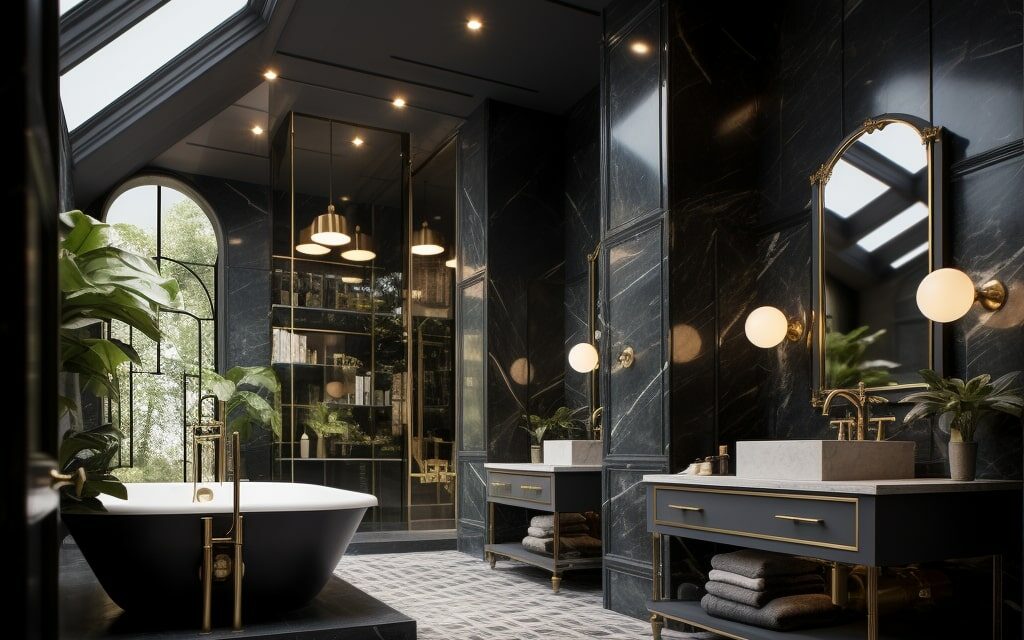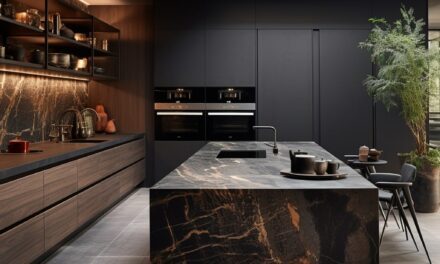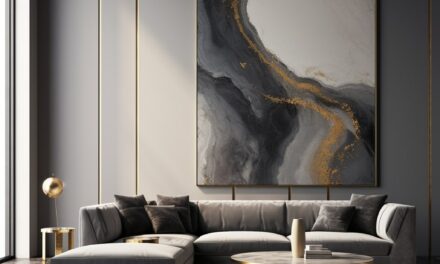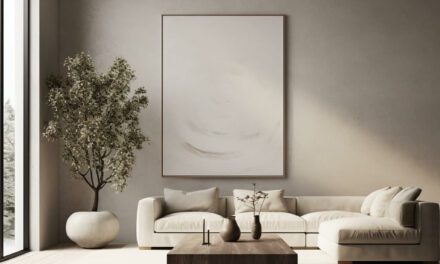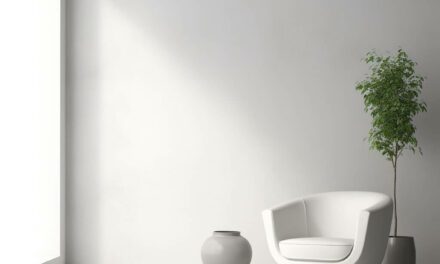Interior design is a complex and multifaceted field that encompasses various elements, one of which is finishes. But what are finishes in interior design?
Simply put, finishes in interior design refer to the final decorative touches that are applied to surfaces within a space. These could include paint, wallpaper, flooring, textiles, and more.
Finishes play a crucial role in enhancing the beauty and functionality of interior spaces.
They can help create a cohesive design aesthetic, highlight architectural details, and set the tone for a room. Understanding finishes is essential for achieving a well-designed space that meets your needs and preferences. In this beginner’s guide, we will explore the concept of finishes in interior design and offer practical insights to help you choose the right finishes for your project.
What Are Finishes in Interior Design?
Interior finishes refer to the materials and surfaces used to decorate and enhance the appearance and functionality of interior spaces. They can range from flooring, wall treatments, window coverings, upholstery, and decorative accessories.
Finishes can transform a space, create textural interest, and add character and warmth to any room.
Types of Finishes in Interior Design
There are numerous types of finishes used in interior design, including:
| Type | Description |
|---|---|
| Paint | One of the most common interior finishes, paint can be used on walls, ceilings, and furniture to create different moods and effects. |
| Wallpaper | A versatile finish that can add texture, pattern, and color to a room. Wallpaper is available in various designs, styles, and materials, from traditional to contemporary, and inbetween. |
| Tiles | A popular finish used in kitchens and bathrooms, tiles can be made from ceramics, porcelain, natural stone, or glass. They offer durability, water resistance, and an array of design options. |
| Wood | One of the most versatile finishes, wood can be used for flooring, furniture, cabinetry, and paneling. Wood finishes add warmth, texture, and beauty to a space and come in a range of colors, grains, and styles. See what wood can really do in interior design with millwork. |
| Textiles | From curtains to rugs, textiles can soften a room and add warmth and comfort. Textiles come in a variety of patterns, colors, and materials, including cotton, wool, silk, and linen. |
Other finishes used in interior design include concrete, metal, glass, leather, and natural stone. Each material has its unique qualities, advantages, and considerations when it comes to style, durability, and maintenance.
Next, we will explore the importance of finishes in home decor.
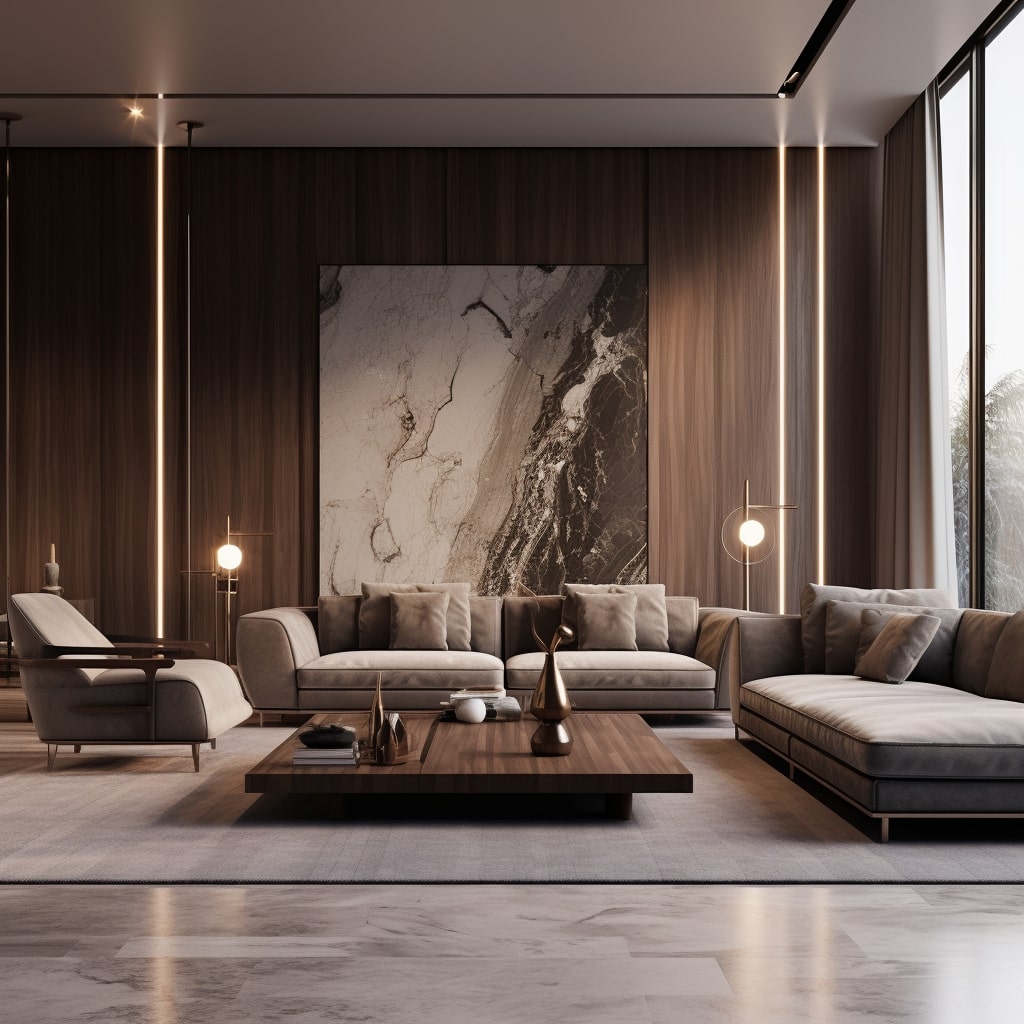
Importance of Finishes in Home Decor
Finishes play a vital role in enhancing the beauty and functionality of interior spaces. They add texture, color, and character to a room, making it feel complete and inviting. Understanding the role of finishes in home decor can help you choose the right ones to create a space that you love.
When it comes to finishes, there are endless possibilities, and selecting the right ones for your home can be overwhelming. However, with a little knowledge, you can transform any room into a space that reflects your personal style and meets your needs.
| Popular Finishes | Characteristics |
|---|---|
| Paint: | Paint is one of the most popular finishes used in interior design. It comes in an array of colors and finishes and can quickly transform a room’s look and feel. Depending on the color and finish, paint can evoke different moods, from calm and relaxing to lively and energizing. |
| Wallpaper: | Wallpaper has made a comeback in recent years, and designers are using it in creative ways to add depth and character to a space. With endless patterns and textures to choose from, wallpaper can quickly transform a room into a work of art. |
| Tile: | Tile is a durable and versatile finish that can be used in various applications, from backsplashes and flooring to accent walls. With an abundance of colors, patterns, and textures, tile can add visual interest and texture to a space and is relatively easy to maintain. |
As you consider finishes for your home, keep in mind that each finish can create a unique atmosphere. For instance, a wood finish can add warmth and coziness to a space, while a metal finish can create an industrial or contemporary feel.
It’s also worth noting that you don’t have to stick with one type of finish in a room. Combining different finishes can create a dynamic and visually appealing space. For example, pairing glossy tile with matte paint can create a beautiful, high-contrast look.
Related: Why opposites are great in interior design.
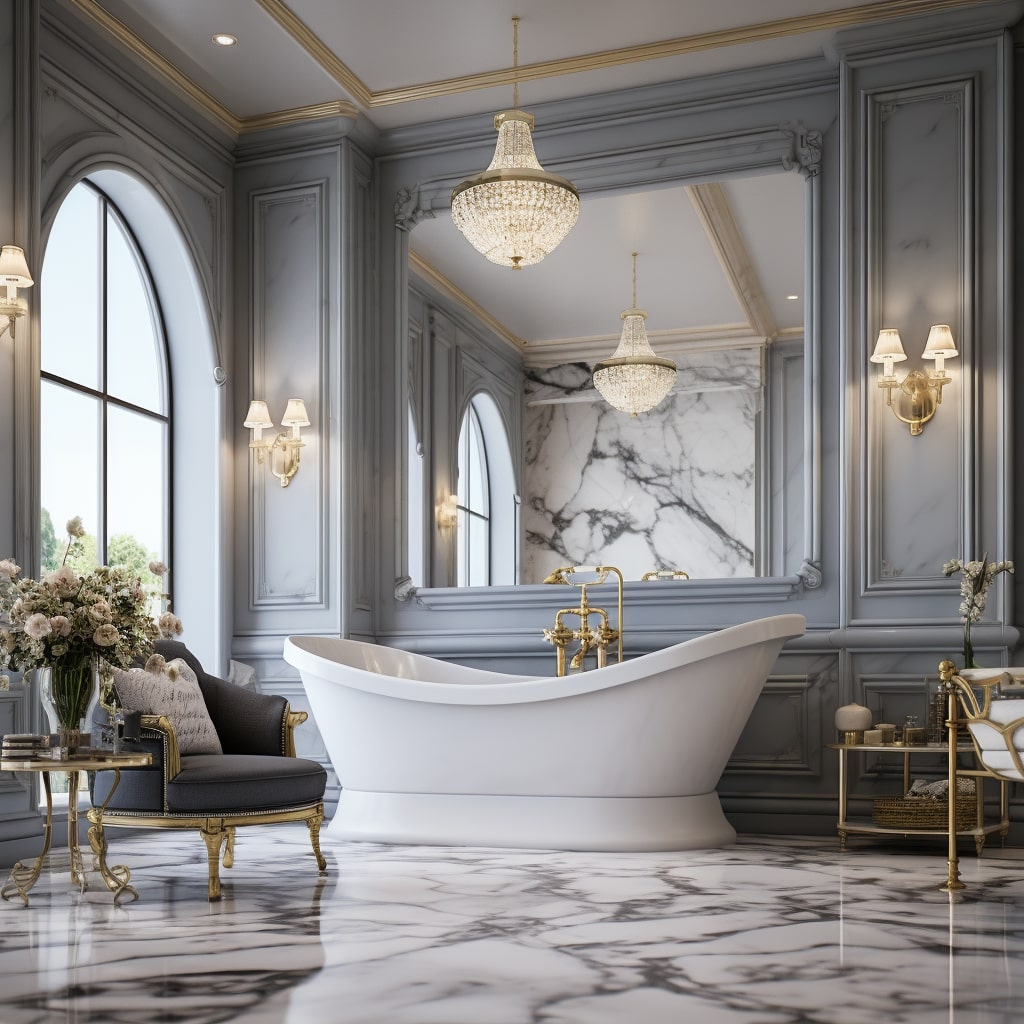
Using Finishes to Create Different Atmospheres
Here are some examples of how different finishes can create diverse atmospheres:
- Warm and cozy: Wood finishes, such as oak or walnut, can create a warm and cozy atmosphere, especially when paired with soft lighting and rich fabrics.
- Relaxing and spa-like: Using natural stone or tile in soft, muted colors can create a relaxing and spa-like atmosphere in a bathroom or living area.
- Modern and sleek: Combining metal and glass finishes with neutral colors and clean lines can create a modern, luxurious and sleek atmosphere.
Overall, finishes are essential in creating the atmosphere and aesthetic appeal of a space. By understanding the impact of finishes and considering your personal preferences and needs, you can create a beautiful and functional space that reflects your style and personality.
Exploring Different Finishes for Interior Spaces
Choosing the right finishes for interior spaces is crucial to creating the desired ambiance and functionality of a room. Here, we will explore different finishes suitable for various interior spaces, offering tips on how to choose finishes that align with the overall design plan.
1. Flooring Finishes:
Flooring finishes play a significant role in creating the overall feel of a room. Depending on the style and functionality of the space, options range from hardwood, laminate, vinyl, tile to carpet. While hardwood flooring offers durability and elegance, carpeting can be cozy and soft underfoot. Laminate and vinyl are affordable options that come in a variety of finishes and can mimic the look of costlier materials such as hardwood and stone.
2. Wall Finishes:
The right wall finishes can transform a space, enhancing its character and ambiance. Options include painting, wallpaper, textured finishes, wood paneling, and tiles. A solid paint color can add depth and interest to a room. Wallpaper designs or textured finishes can add dimension and personality. Wood paneling can give a rustic feel to a room, while tiles can add a modern touch.
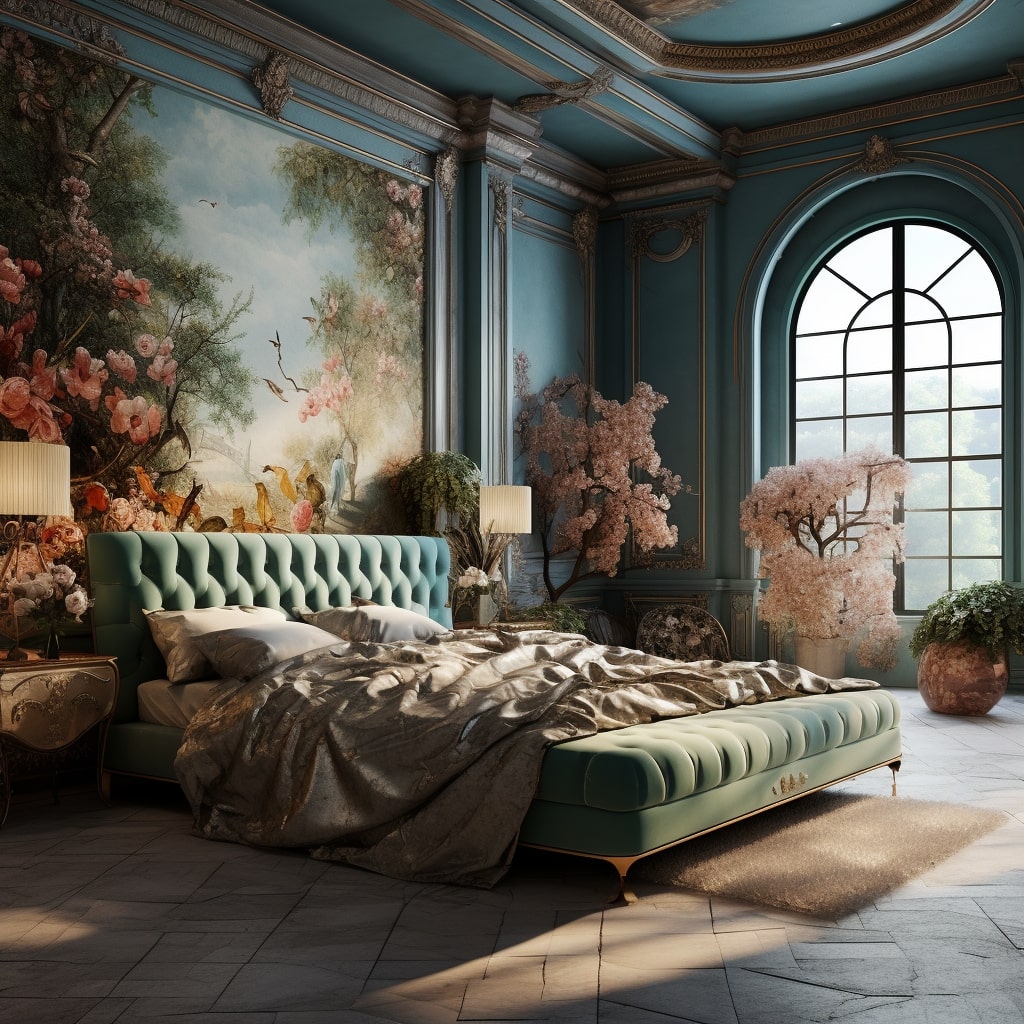
3. Ceiling Finishes:
Ceiling finishes are often overlooked, but they can make a significant impact on the overall look of a room. Options include a painted finish, textured finish, wood paneling, or exposed beams. A painted finish can make a ceiling appear higher or lower, depending on the color used. Textured finishes can add dimension, while wood paneling can add warmth and interest. Exposed beams can give a rustic or industrial feel to a room.
4. Window and Door Finishes:
The right window and door finishes can add to the overall aesthetic of a room while providing privacy and light control. Options for windows include curtains, blinds, shades, and shutters. For doors, you can choose from panel doors, French doors, pocket doors, or barn doors. The choice of material, color, and style can set the tone for a room and complement the overall design plan.
When selecting finishes for interior spaces, it is essential to consider factors such as functionality, style, and personal preferences. Always aim to create a harmonious combination of finishes that contribute to the overall ambiance and functionality of the space.
Materials Used for Interior Finishes
Choosing the right materials for interior finishes can significantly impact the overall look and feel of a space. Here are some commonly used materials:
| Material | Characteristics | Advantages |
|---|---|---|
| Paint | Durable, versatile, easy to apply | Can be used on different surfaces, comes in a variety of colors and finishes, can be easily cleaned and updated |
| Wallpaper | Textured or smooth, patterned or solid, removable or permanent | Adds dimension and interest to walls, easy to apply and remove, long-lasting |
| Tile | Durable, water-resistant, easy to clean | Available in various colors, shapes, and sizes, can be used on floors and walls, suitable for high-traffic areas and wet spaces |
| Wood | Natural beauty, warmth, and texture | Can be used for flooring, walls, and ceilings, available in different finishes and species, adds value to a home |
| Stone | Classic, elegant, and durable | Available in different colors and patterns, can be used for flooring, walls, and countertops, adds a luxurious touch |
Considerations when choosing materials include their durability, resistance to wear and tear, ease of maintenance, and compatibility with the design style and color scheme of the room.
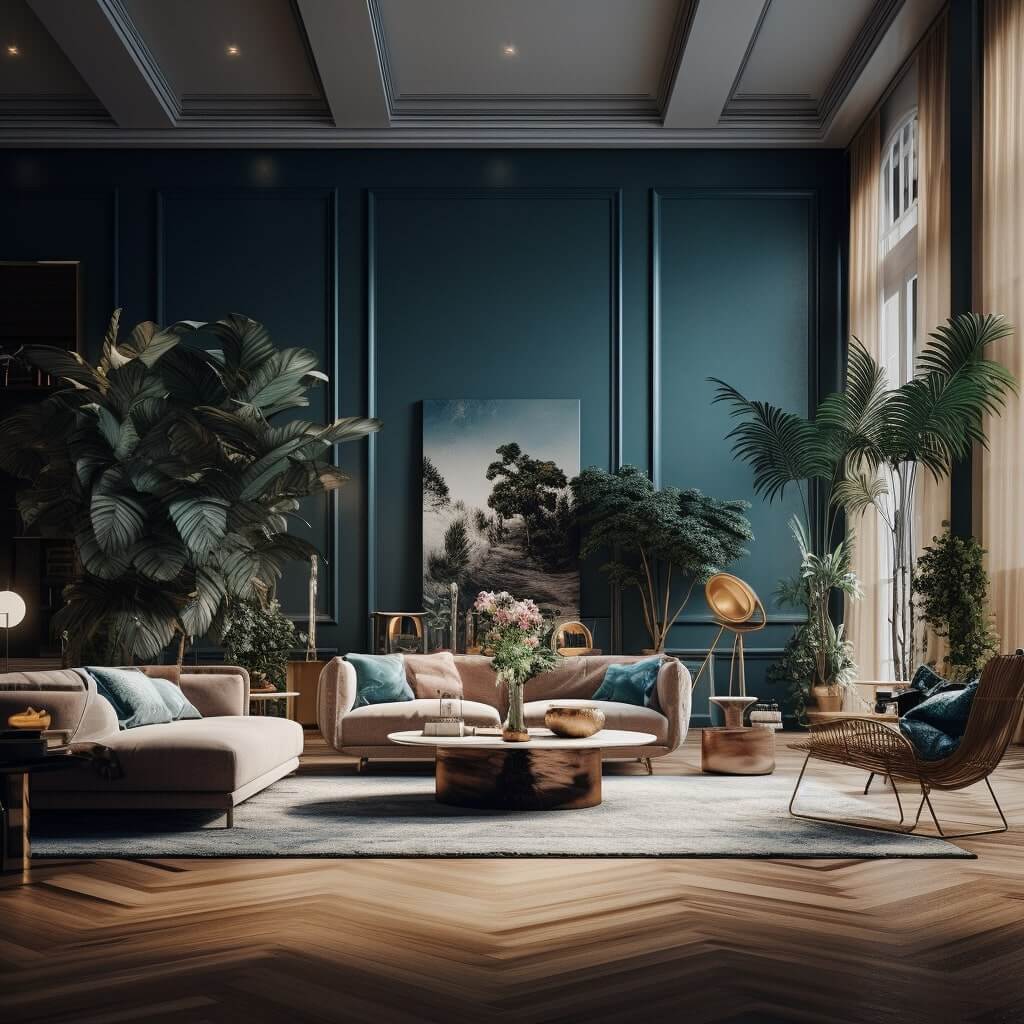
Understanding the Application Process of Finishes
Applying finishes in interior design is a crucial task that requires attention to detail and proper technique. In this section, we will explain the application process of finishes in interior design and provide important considerations to ensure a successful application.
Steps Involved
The application process of finishes generally involves several steps, depending on the type of finish and the surface it will be applied to. Here are some common steps involved:
- Clean the surface to remove any dirt, dust, or debris.
- Repair any cracks, holes, or imperfections in the surface.
- Apply a primer to create a smooth and even base for the finish.
- Apply the finish using the appropriate technique and tools.
- Allow the finish to dry completely before applying a second coat, if necessary.
- Seal the finish to protect it from wear and tear, if necessary.
Techniques Used
There are several techniques used to apply finishes in interior design, depending on the type of finish and the desired effect. Here are some common techniques used:
- Brushing or rolling: This technique is commonly used for paints and stains and can create a smooth or textured effect depending on the tool used.
- Spraying: This technique is commonly used for lacquers and varnishes and can create a fine and even finish.
- Troweling: This technique is commonly used for plaster and concrete finishes and can create a textured or patterned effect.
- Buffing: This technique is commonly used for wax and polish finishes and can create a glossy and reflective effect.
Important Considerations
To ensure a successful application of finishes in interior design, it’s important to consider the following:
- Surface preparation: A clean, dry, and smooth surface is essential for a successful application of finishes.
- Condition of the surface: Cracks, holes, or other imperfections in the surface should be repaired before applying finishes.
- Type of finish: Different finishes require different techniques and tools, so it’s important to choose the appropriate one for the desired effect.
- Environmental conditions: Temperature, humidity, and ventilation can affect the drying time and outcome of the finish, so it’s important to follow the manufacturer’s instructions.
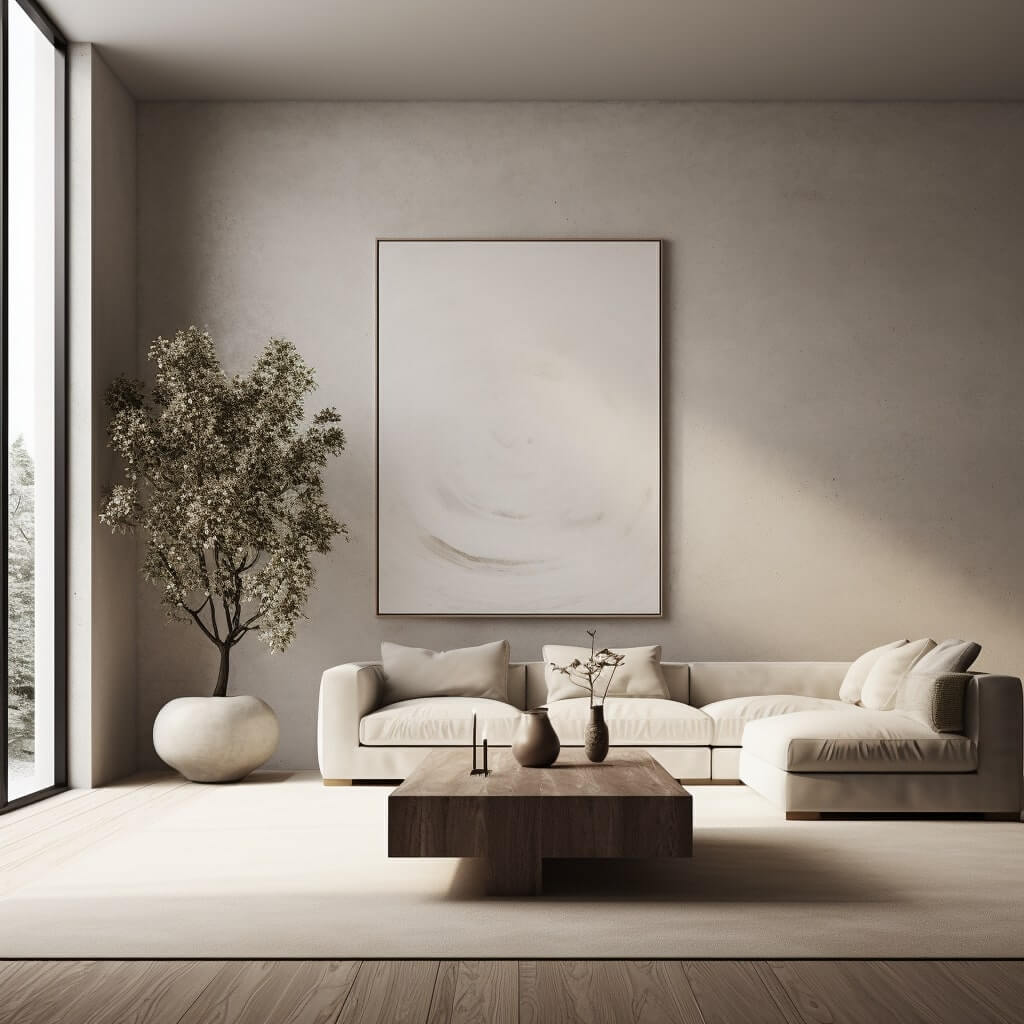
Finishes That Stand The Test of Time
Some finishes have been popular for decades and continue to be a go-to choice for many interior designers. These finishes have stood the test of time, and their timeless appeal can elevate the aesthetic value of any room. Here are some examples of popular finishes that never go out of style:
| Finish | Description |
|---|---|
| Wood | Wood finishes are versatile and timeless. They add warmth and texture to a space and can be used in a variety of ways, such as flooring, cabinetry, and furniture. |
| Marble | Marble has a luxurious look and feel that can instantly elevate the sophistication of a space. It’s often used in bathrooms and kitchens for countertops and backsplashes. |
| Brick | Exposed brick walls add character and charm to a space, providing an industrial yet rustic look. They’re popular in loft apartments and can be painted or left in their natural state. |
| Metal | Metal finishes such as gold, silver, and copper can add a touch of glamour and elegance to a space. They’re often used in lighting fixtures, hardware, and decorative accents. |
While these finishes may never go out of style, it’s important to keep in mind that trends and personal preferences change over time. It’s essential to choose finishes that not only look great now but will also stand the test of time.
How Finishes Impact Mood and Atmosphere
Finishes play a vital role in creating the mood and atmosphere of an interior space. They can transform a room from dull and uninviting to bright and welcoming. Different finishes can evoke different emotions and feelings, which is one reason why it is essential to choose them carefully.
For instance, warm finishes such as wood and terracotta can create a cozy and inviting environment, while cool finishes such as marble and metal can give a space a more modern and sophisticated feel. Additionally, glossy finishes can create a sense of luxury and opulence, whereas matt finishes can give a space a more understated and relaxed ambiance.
How Color Affects Mood
The color of a finish can also have a significant impact on the mood and atmosphere of a room. For instance, neutral colors such as beige and white can create a peaceful and calming environment, while bright colors such as yellow and red can energize and stimulate the senses.
However, it’s essential to be cautious when using colors in finishes as they can be overpowering if not carefully balanced with other design elements. It’s advisable to use color to create a focal point in a room and to balance it out with neutral colors for a cohesive look.
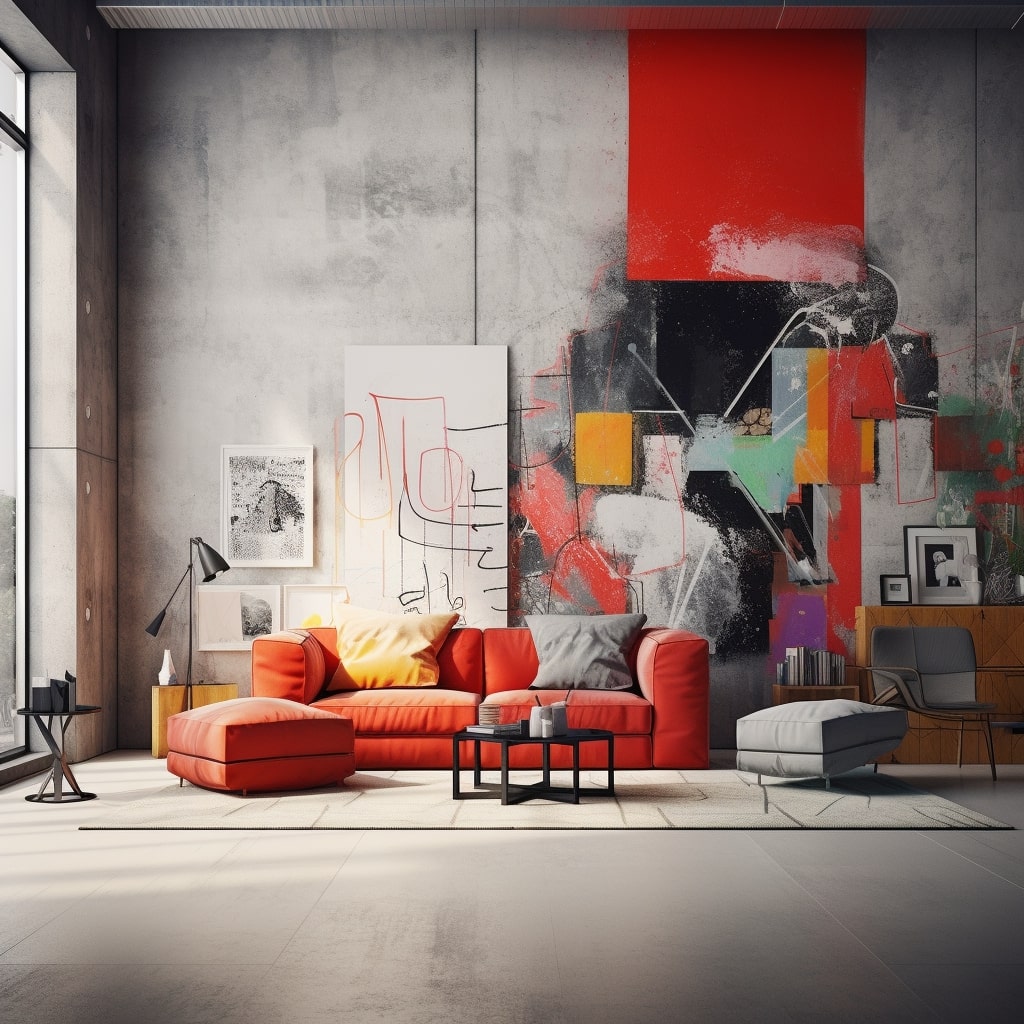
The Importance of Texture
Texture is another crucial element to consider when choosing finishes for an interior space. Textured finishes can create depth, interest, and visual appeal. By incorporating different textures, you can create a space that feels dynamic and engaging.
For instance, combining rough-textured finishes, such as brick and natural stone, with smooth finishes like polished concrete and glass can create a harmonious balance that adds dimension to a space. The combination of textures can create a sense of contrast between different finishes, making them visually captivating and interesting.
Overall, the selection of finishes in interior design should go beyond aesthetics and consider the impact they have on mood and atmosphere. By selecting the right finishes, you can create a space that feels inviting, comfortable, and reflective of your personal style.
Balancing Finishes with Other Design Elements
When it comes to interior design, finishes are just one of many elements that contribute to the overall aesthetic and atmosphere of a space. While finishes can be eye-catching on their own, it’s important to balance them with other design elements to create a cohesive and harmonious look.
One important factor to consider is color. The colors of finishes should complement, rather than clash with, the colors of other design elements in the room, such as walls, furniture, and accessories. This doesn’t necessarily mean everything has to match perfectly – in fact, a little bit of contrast can be visually interesting – but there should be an overall sense of color harmony.
Another factor to consider is texture. Finishes can add texture to a room, but they shouldn’t be the only source of texture. Consider incorporating fabrics, rugs, and other tactile elements into the design to create a sense of depth and complexity.
Patterns are another design element to consider when balancing finishes. If the finishes in a room are heavily patterned, it’s a good idea to keep other patterns in the room simple and understated. On the other hand, if the finishes are relatively plain, adding some bold patterns through textiles or wallpaper can add visual interest and help balance the space.
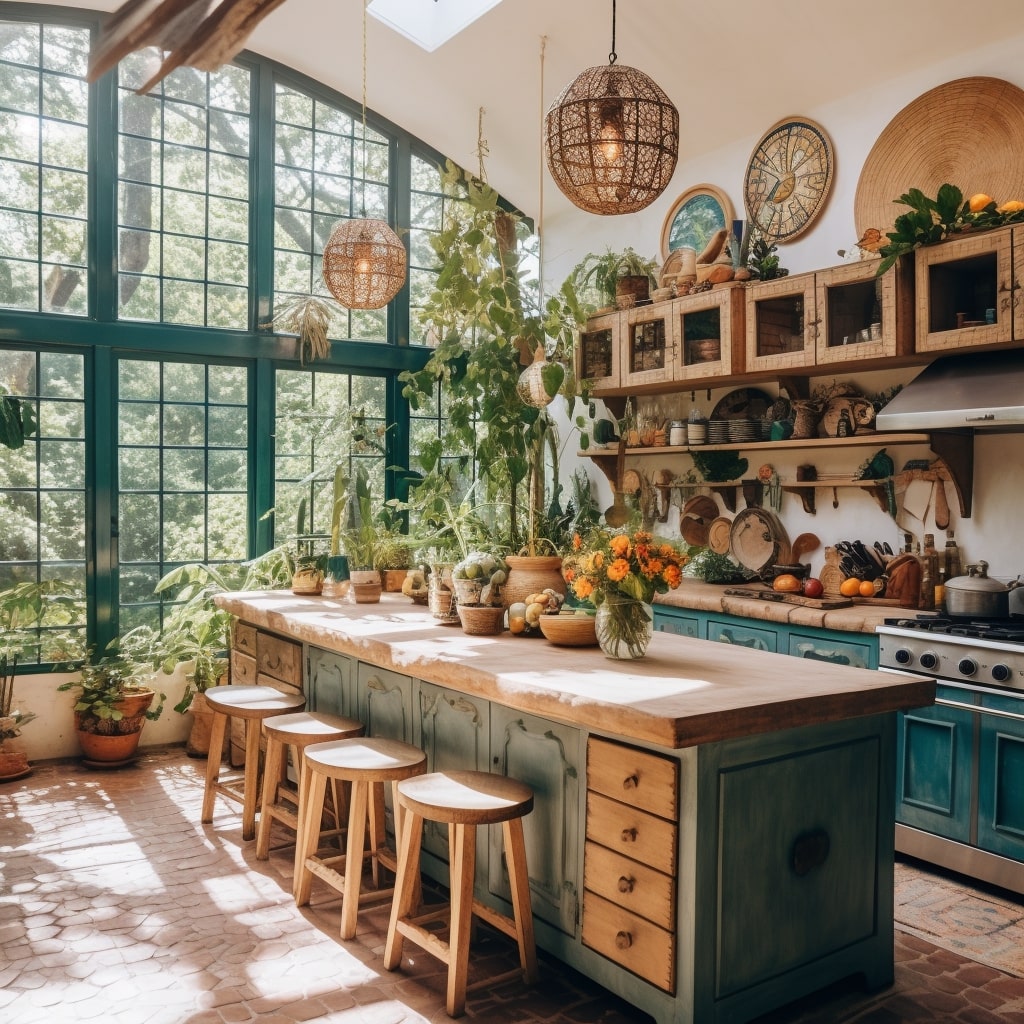
Longevity and Maintenance of Finishes
When choosing finishes for your interior design project, it’s important to consider their longevity and maintenance. While some finishes may look great initially, they may not be durable enough to withstand everyday wear and tear. Here are some factors to consider when selecting finishes for your space:
| Factor | Considerations |
|---|---|
| Durability | Consider the level of traffic in the space and select finishes that can withstand heavy use. For example, hardwood floors may be more durable than carpet in a high-traffic area. |
| Maintenance | Think about how much time and effort you are willing to invest in maintaining your finishes. Some finishes may require more upkeep than others, so choose finishes that align with your maintenance preferences. |
| Climate | Consider the climate where your space is located. For example, finishes that can withstand high humidity may be more suitable for bathrooms or kitchens. |
Proper maintenance is also crucial in prolonging the life of your finishes. Here are some tips to keep your finishes looking their best:
- Follow manufacturer’s instructions for care and maintenance.
- Regularly clean your finishes to prevent dirt and grime buildup.
- Use appropriate cleaning products to avoid damage to the finishes.
- Address any damage or wear and tear immediately to prevent further damage.
By considering the durability, maintenance, and climate when selecting finishes and maintaining them properly, you can ensure the longevity of your finishes and keep your interior spaces looking beautiful for years to come.
Incorporating Finishes in Your Interior Design Project
Finishes are an essential element of any interior design project. They can add depth, texture, and character to a space, making it feel complete and cohesive. Here are some practical tips for incorporating finishes into your interior design project:
Create a Design Plan
Before choosing finishes, it’s essential to create a design plan that outlines the style, color scheme, and overall vision for the space. This plan will serve as a guide when selecting finishes, ensuring they complement the aesthetic of the room.
Choose Finishes Based on Functionality
When selecting finishes, consider the functionality of the space. For example, in high-traffic areas such as hallways and entryways, choose durable finishes that can withstand wear and tear.
Consider the Mood and Atmosphere
The finishes you choose can impact the mood and atmosphere of a room. For example, warm wood finishes can create a cozy, inviting atmosphere, while sleek metal finishes can convey a modern, industrial feel. Consider the desired ambiance when selecting finishes.
Balance Finishes with Other Design Elements
Finishes should complement other design elements in the space, such as furniture, lighting, and artwork. Choose finishes that create a cohesive look with these elements, ensuring a visually pleasing and harmonious space.
By following these tips and incorporating finishes thoughtfully, you can transform a space into a beautiful and functional work of art.
FAQ – Frequently Asked Questions about Finishes in Interior Design
1. What are the most popular finishes in interior design?
Some of the most popular finishes in interior design include paint, wallpaper, flooring, wood finishes, and tile. These finishes are versatile and can be used in a variety of spaces, adding both aesthetic appeal and functionality.
2. How do I choose the right finishes for my interior space?
When choosing finishes for your interior space, consider factors such as style, functionality, and personal preference. Think about the mood and atmosphere you want to create, and choose finishes that align with that vision. It’s also important to consider the overall design plan and select finishes that harmonize with other design elements.
3. How do finishes impact the mood and atmosphere of a space?
Finishes play a crucial role in setting the tone and mood of interior spaces. For example, warm colors and wood finishes can create a cozy and inviting atmosphere, while metallic finishes can add a touch of glamour and sophistication. Different finishes can evoke certain emotions and create specific atmospheres, so it’s important to choose finishes that align with the desired ambiance.
4. How do I maintain the finishes in my interior space?
Maintaining finishes in your interior space involves proper care and maintenance. This may include regular cleaning, avoiding exposure to harsh chemicals or direct sunlight, and following manufacturer’s guidelines for care and maintenance. Choosing durable finishes can also help ensure their longevity.
5. Can I mix and match different finishes in the same space?
Yes, you can mix and match different finishes in the same space to create visual interest and depth. However, it’s important to choose finishes that complement each other and create a cohesive look and feel. Consider factors such as color schemes, textures, and patterns when combining finishes, and aim to achieve a harmonious balance.
6. How do I incorporate finishes into my interior design project?
When incorporating finishes into your interior design project, start by creating a cohesive design plan that includes a color scheme, style, and overall vision. Consider how finishes can contribute to that vision, and select finishes that align with the desired aesthetic and functionality. It’s also important to consider the overall budget and timeline, and work with professionals to ensure a successful outcome.
7. How can I ensure that my finishes stand the test of time?
Choosing durable finishes and proper care and maintenance are key factors in ensuring that your finishes stand the test of time. Consider selecting finishes that are known for their longevity and durability, and follow manufacturer’s guidelines for care and maintenance.
8. Can finishes be applied to outdoor spaces as well?
Yes, finishes can be applied to outdoor spaces as well, but it’s important to select finishes that are appropriate for exterior use and can withstand exposure to the elements. Consult with professionals to determine the best finishes for your specific outdoor space.







